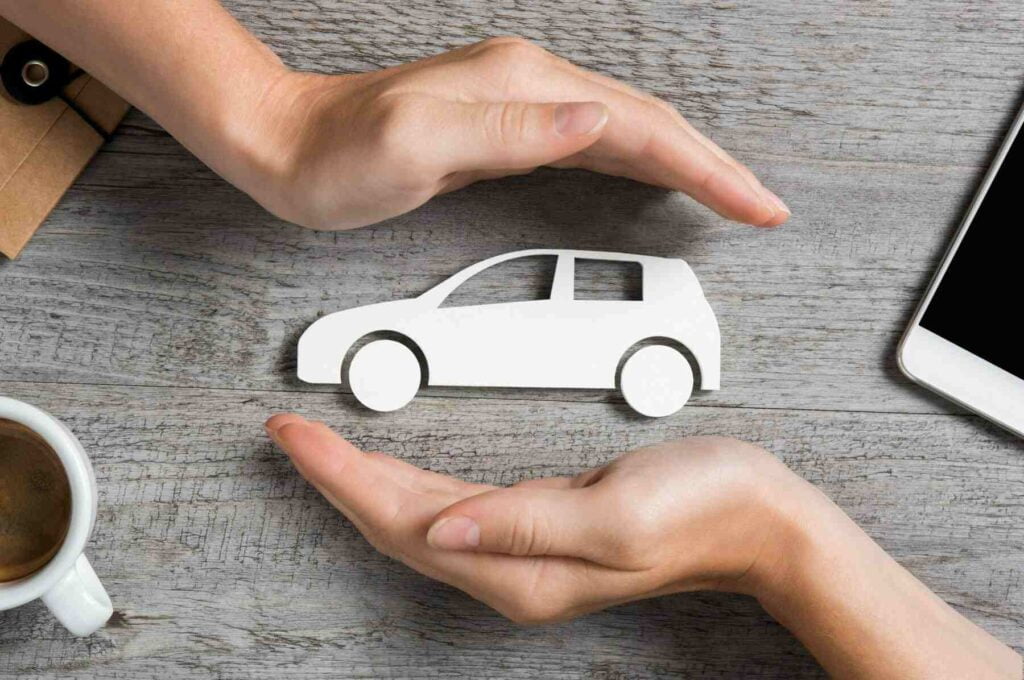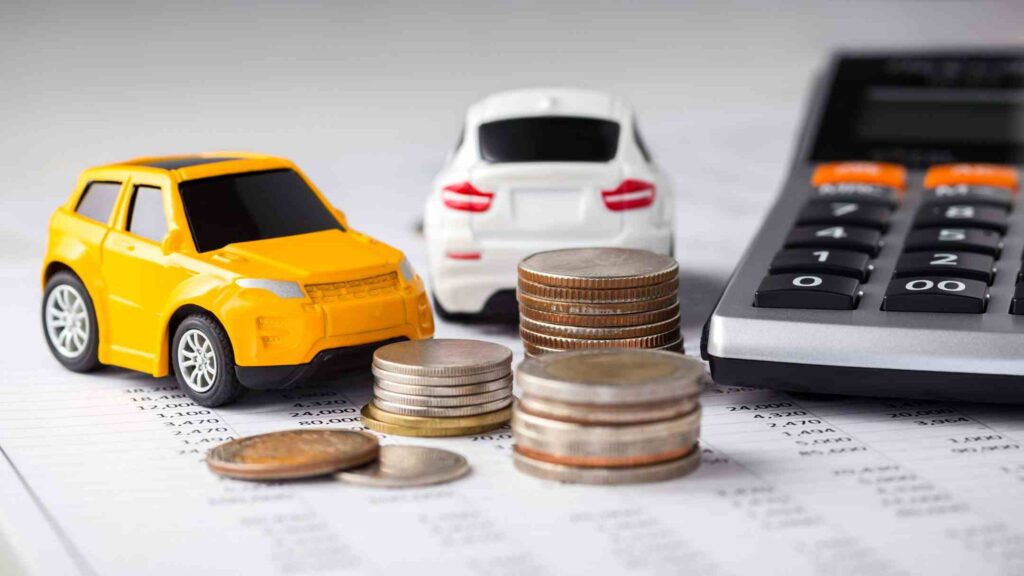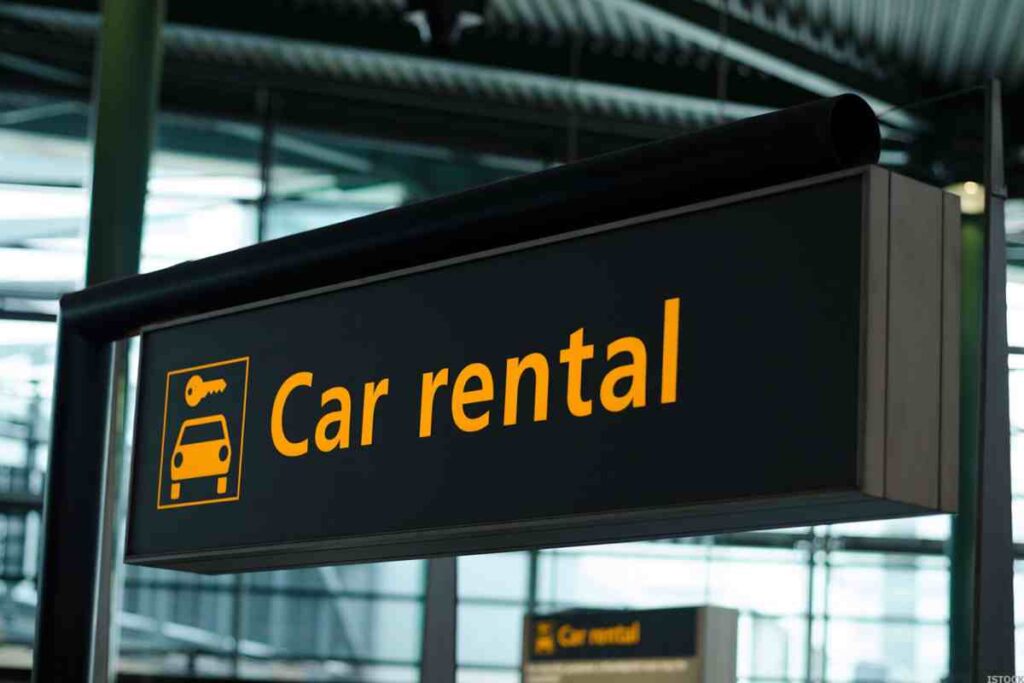Have you ever needed to drive someone else’s car? Maybe your own car is in the shop, or you’re just doing a favor for a friend or family member. It seems simple enough, but a big question often comes up: “Will my insurance cover me if I drive someone else’s car?” This is important to know because it can really matter if you end up in an accident.
In this article, we’ll break down the ins and outs of car insurance policies, look at when you might be covered and when you might not be, and give you some helpful tips to navigate these situations confidently. Understanding your insurance isn’t just about following the rules; it’s about making sure you’re financially protected and driving with peace of mind.
Car Insurance Basics
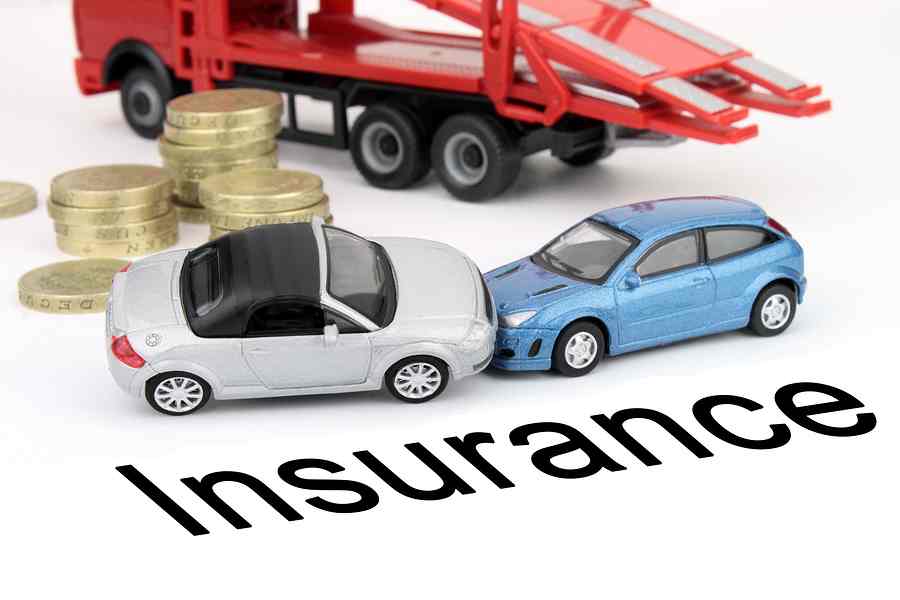
Car insurance is a contract between you and the insurance company that protects you against financial loss in the event of an accident or theft. In exchange for paying a premium, the insurance company agrees to pay your losses as outlined in your policy. Understanding the basics of car insurance and the different types of coverage available is crucial for selecting the right policy for your needs.
Here are the basic types of car insurance coverage:
1. Liability Coverage: This is the foundation of any auto insurance policy and is required in most states. It covers the costs associated with injuries and property damage you may cause to others in an accident. There are two main components:
- Bodily Injury Liability: Covers medical expenses, funeral expenses, loss of income, pain and suffering, and legal defense if a lawsuit results from the auto accident.
- Property Damage Liability: Pays for damage you cause to another person’s property, such as their car or a fence.
2. Collision Coverage: This type of coverage helps pay for damage to your vehicle resulting from a collision with another car or object, such as a tree or a pothole.
3. Comprehensive Coverage: Also known as “other than collision,” this coverage helps pay for damage to your vehicle that is not caused by a collision. This includes events such as theft, vandalism, fire, natural disasters, and hitting an animal.
4. Medical Payments Coverage (MedPay): This coverage pays for medical expenses for you and your passengers after an accident, regardless of who was at fault.
5. Personal Injury Protection (PIP): Similar to MedPay, PIP also covers other expenses such as rehabilitation, lost wages, and funeral expenses. It’s available in “no-fault” states and required in some of them.
6. Uninsured/Underinsured Motorist Coverage (UM/UIM): This protects you if you’re in an accident with a driver who doesn’t have sufficient insurance or any at all. It can cover both bodily injury and property damage costs.
How Job Loss Affects Your Car Insurance
It’s important to note that while liability coverage is mandatory in most states, other types of coverage like collision and comprehensive are typically optional unless required by a lender or leasing company. However, carrying only the minimum level of liability coverage can be risky because it might not cover all the damages if you’re at fault in an accident.
Understanding ‘Permissive Use’
“Permissive Use” is a key concept in car insurance that refers to situations where an individual who is not listed on the car insurance policy is allowed to drive the vehicle with the explicit or reasonably assumed permission of the owner. This provision is included in most car insurance policies and is crucial for determining coverage in the event that someone other than the policyholder is driving the vehicle.
Here’s a breakdown of the basics of “Permissive Use” in car insurance:
- Policy Provision: Permissive Use is typically a provision within a car insurance policy that allows occasional drivers to operate the insured vehicle with the owner’s consent and still be covered under the policy.
- Scope of Coverage: The extent of coverage for permissive users can vary between insurance policies and companies. Some policies may offer full coverage as they do for the primary insured, while others might provide reduced coverage limits or have specific exclusions.
- Explicit or Implied Permission: The driver must have either explicit (directly stated) or reasonably assumed (implied through actions) permission from the vehicle’s owner to be considered a permissive user.
- Exceptions to Permissive Use: Not all scenarios are covered under permissive use. Common exceptions include:
- Commercial Use: Vehicles used for commercial purposes often require a separate commercial auto insurance policy.
- Excluded Drivers: Some policies explicitly exclude certain drivers from coverage. If an excluded driver uses the vehicle, any claims will likely be denied.
- Non-Permissive Use: If the vehicle is used without the owner’s permission, such as in cases of theft, the permissive use provision does not apply.
- Frequent Use: Individuals who regularly use the vehicle may need to be added to the policy as additional drivers.
- Interaction with Other Policies: If the permissive user has their own car insurance, one or both policies may contribute to covering the costs in the event of an accident.
Understanding permissive use is essential for both car owners and those who may borrow a car. It’s important to review your policy documents or consult with your insurance provider to understand the specific details related to permissive use in your policy.
Dependent on Insurance Policies
The coverage in a situation where you’re driving someone else’s car can depend on both the car owner’s insurance policy and the driver’s insurance policy. Here’s how:
- Primary vs Secondary Coverage: Typically, the car owner’s insurance policy acts as the primary coverage if an accident occurs. This means that if you have an accident while driving someone else’s car, the car owner’s insurance would be responsible for covering the damages first. Your own car insurance would serve as secondary coverage, stepping in to cover any remaining costs after the car owner’s insurance limits have been reached.
- Type of Coverage: The type of coverage on both policies can also affect what is covered. For example, if the car owner only has liability insurance, their policy would not cover damage to their own vehicle in an accident where you’re at fault. However, if you have collision coverage on your own policy, it may step in to cover this damage.
- Permission to Drive: Whether or not you had permission to drive the car can also affect coverage. Most car insurance policies extend coverage to permissive drivers, or drivers who had the car owner’s permission to use the vehicle. If you did not have permission, the car owner’s insurance may deny the claim, and you could be held personally liable for the damages.
- Exclusions: Both insurance policies may have exclusions that affect coverage. For example, some policies may exclude certain drivers, or may not provide coverage if the car was being used for business purposes at the time of the accident.
- Deductibles: Both the car owner’s and driver’s insurance policies may have deductibles that need to be met before insurance coverage kicks in. The car owner and the driver will need to coordinate to determine who is responsible for paying the deductible.
Are Hatchbacks More Expensive to Insure?
Remember, insurance laws and regulations can vary greatly by region, so it’s always a good idea to consult with an insurance professional to understand the specifics of the policies involved. It’s also important to always ask for permission before driving someone else’s car, and to ensure you have adequate insurance coverage yourself.
Non-Owner Car Insurance Policies
Non-owner car insurance is a specialized policy designed for individuals who do not own a car but may occasionally drive or use cars they don’t own. This type of insurance provides liability coverage, which is crucial if you are found at fault in an accident while driving a borrowed or rented vehicle. Here’s what you should know about non-owner car insurance policies:
- Liability Coverage: Non-owner car insurance typically includes liability coverage that protects you financially if you cause an accident resulting in injuries or property damage to others.
- Who Needs It: If you frequently rent cars, borrow vehicles from friends or family, or use car-sharing services, non-owner car insurance can be a wise investment to protect yourself against potential liability claims.
- How It Works: In the event of an accident, non-owner car insurance can help pay for damages or injuries you may cause to others. It acts as secondary coverage if the car owner’s insurance doesn’t cover the full cost.
- Policy Limitations: The policy usually extends to borrowed or rented vehicles for occasional use and does not cover vehicles available for regular use, such as those owned by other household members.
- Additional Coverage: Some non-owner policies may also include uninsured/underinsured motorist protection and medical payments or personal injury protection, depending on the state requirements.
- SR-22 and FR-44 Requirements: Individuals who are required to file an SR-22 or FR-44 form, often due to a previous traffic violation or lapse in coverage, may need to obtain a non-owner policy to satisfy legal requirements.
- Exclusions: Non-owner car insurance does not cover personal injuries or damages to the vehicle you are driving. It’s strictly liability coverage for damages you may cause to others.
- Cost and Availability: The cost of non-owner car insurance is generally lower than standard auto insurance policies since it only includes liability coverage. Availability and specific terms can vary by insurance provider.
Factors Affecting Sports Car Insurance Rates
When considering non-owner car insurance, it’s important to evaluate your driving habits and the potential risks you face when operating a vehicle you do not own.
Impact on Car Owner’s Premiums
It’s important to understand that an accident can indeed affect the car owner’s insurance premiums, even if they weren’t the one driving at the time of the incident. Here’s why:
- Primary Insurance Policy: Typically, the car owner’s insurance is the primary policy. This means that if an accident occurs, the car owner’s insurance is usually the first to pay for the damages, regardless of who was driving.
- Risk Assessment: Insurance companies determine premiums based on risk assessment. If a claim is made on the policy due to an accident, the insurance company may see this as an increase in risk, which could lead to higher premiums in the future.
- At-Fault Accidents: If the person driving the car is found to be at fault for the accident, this could particularly impact the car owner’s premiums. At-fault accidents are often seen as a significant risk factor by insurance companies.
- Claim Frequency: The frequency of claims made on a policy can also affect premiums. Even if the car owner wasn’t driving, if claims are made on their policy due to others driving their car and getting into accidents, the insurance company may increase the premiums.
- Policy Terms: Some insurance policies have terms that specify premium increases after any claim, regardless of who was driving at the time of the accident.
It’s always a good idea for car owners to understand their policy terms and discuss with their insurance provider how lending their car to others might impact their insurance premiums. It’s also crucial for those borrowing the car to understand their responsibilities and the potential implications of their actions.
Exclusions and Exceptions
Exclusions and exceptions are important aspects of car insurance policies. Here’s what you might want to cover:
- Intentional Damage: Insurance policies generally do not cover damages that are intentional. If a policyholder deliberately causes harm or damage, the insurer will not pay for the resulting claims.
- Commercial Use: Personal auto insurance policies exclude coverage for vehicles used for business purposes, such as delivery driving or ridesharing. To be covered while engaging in these activities, one would need a commercial auto policy or a specific endorsement.
- Excluded Drivers: Some policies allow for named driver exclusions, where specific individuals are excluded from coverage when driving the insured vehicle. This is often used for high-risk drivers living in the same household.
- Regular Use by Non-Owners: If someone who is not the owner regularly uses the vehicle, they may need to be listed as an additional driver on the policy. Failure to do so could result in denied claims.
- Livery Conveyance: Using your vehicle to carry passengers or materials for compensation without proper coverage can lead to denied claims, as most personal policies exclude this use.
- Driving Under the Influence: Accidents that occur while the driver is under the influence of drugs or alcohol are typically not covered by car insurance policies.
- Unapproved Vehicle Modifications: Custom equipment or modifications not approved by the insurer can be excluded from coverage.
- Use as a Residence: Claims related to a vehicle being used as a residence may be denied, as this is not the intended use covered by standard auto insurance policies.
- Family Member Exclusion Clause: Some policies include clauses that prevent claims between family members to avoid fraudulent activities.
- Catastrophes: Certain natural disasters or catastrophic events may be excluded from standard policies, requiring additional coverage.
How Mileage Affects Your Car Insurance Premium
It’s important for policyholders to thoroughly review their insurance contracts to understand the specific exclusions and exceptions that apply to their coverage.
Steps to Take After an Accident
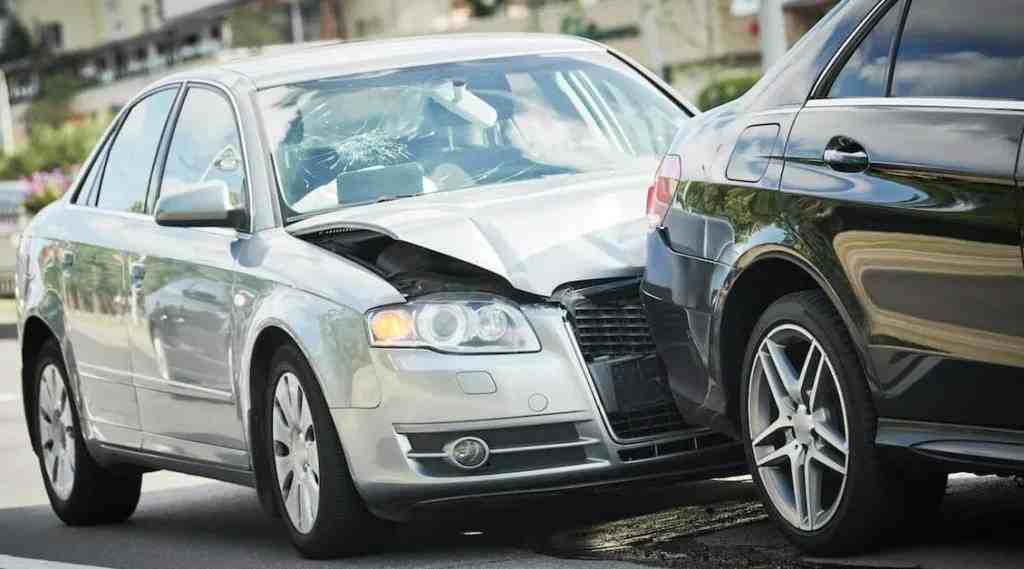
If you find yourself in a car accident, whether it’s just a minor bump or something more serious, it’s important to stay calm and take the right steps to keep everyone safe and handle the situation properly. Here’s what you should do:
- Check for Injuries: Assess yourself and others for injuries. If anyone is hurt, call 911 immediately.
- Move to Safety: If the accident is minor and the car is drivable, move it to the side of the road to avoid blocking traffic. If the car cannot be moved or it’s a serious accident, turn on your hazard lights and set up flares or reflective triangles if available.
- Call the Police: Regardless of the severity, it’s important to report the accident. The police will document the scene and create an accident report, which can be crucial for insurance claims.
- Exchange Information: Swap contact and insurance details with the other driver, including full names, insurance company and policy number, driver’s license and license plate number, and the type, color, and model of the vehicle.
- Document the Scene: Take photos of the vehicles, any damage, and the surrounding area. Make notes about the accident, including the time, location, and how it occurred.
- Notify Your Insurance Company: Report the accident to your insurance provider as soon as possible. Provide them with all the necessary information and the police report if available.
- Seek Medical Attention: Even if you feel fine, it’s wise to get a medical check-up after an accident as some injuries may not be immediately apparent.
- Follow Up: Keep track of any medical treatments and repairs to your vehicle. Stay in contact with your insurance company to ensure your claim is processed smoothly.
FAQs
Q 1. What happens if I have an accident while driving a rental car? Does my insurance cover it?
Ans. Many personal auto insurance policies extend coverage to rental cars, but this can vary based on your specific policy and where you’re renting the car. Additionally, credit card companies often offer rental car insurance as a benefit. It’s always a good idea to check with your insurance company and credit card company before renting a car. You can also consider purchasing insurance directly from the rental car company.
Q 2. Does my insurance cover me if I drive a commercial vehicle or a truck?
Ans. Personal auto insurance policies typically do not cover commercial vehicles. If you’re driving a commercial vehicle or a large truck, you may need a specific commercial vehicle or truck insurance policy.
Q 3. How does car insurance work if I’m driving someone else’s car in another state or country?
Ans. Many car insurance policies will cover you when driving in another state, but this can vary based on the specific policy. If you’re driving in another country, your domestic car insurance policy may not provide coverage.
Q 4. Does my insurance cover me if I drive a car with a learner’s permit or a provisional license?
Ans. If you’re driving with a learner’s permit or a provisional license, you should be covered by the car owner’s insurance policy, but this can depend on the specific policy and the laws in your state. Some insurance companies require that all drivers be added to the policy, while others extend coverage to all household members.
Q 5. What are the implications if I lend my car to a friend who has a poor driving record?
Ans. If you lend your car to someone with a poor driving record, it could potentially impact your insurance. If they have an accident while driving your car, it could result in a claim on your insurance, which could increase your premiums. Additionally, some insurance companies may not extend coverage to drivers with poor driving records, even if they have your permission to drive the car.
Q 6. How does insurance work when I test-drive a car from a dealership?
Ans. When you test drive a car from a dealership, the dealership’s insurance typically covers any accidents that occur during the test drive. However, this can vary based on the dealership and their insurance policy. It’s always a good idea to ask the dealership about their insurance coverage before taking a test drive.
Conclusion
In conclusion, understanding your insurance coverage when driving someone else’s car is crucial. It’s not just about knowing if you’re covered, but also understanding how an accident could impact both you and the car owner. Remember, insurance policies and laws can vary greatly, so it’s always a good idea to consult with an insurance professional to understand the specifics of your situation.
Whether you’re the car owner or the one borrowing the car, being informed and respectful can help prevent unexpected costs and complications. So, before you hand over your keys or get behind the wheel of someone else’s car, make sure you have a clear understanding of the insurance implications.

Milo Thistlethwaite is an auto insurance guru with over 8 years of experience in the industry. Holding a CPCU (Chartered Property Casualty Underwriter) certification, Milo is passionate about helping drivers find the best coverage for their needs. As an author on the ‘FundFinesse’ blog, Milo writes clear, easy-to-understand articles about auto insurance.
